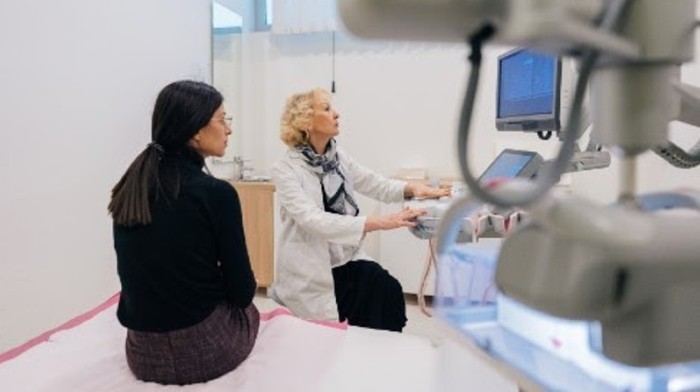
Even with progress in care and treatment, the Minnesota Department of Health categorized breast cancer in the top five cancer causes of death for women in Minnesota. 30 percent of new invasive cancers diagnosed in women are breast cancer. For men, breast cancer is considered rare, but there is growth in the healthcare community in understanding the emotional support needed for those diagnosed.
Stuart Bloom, MD, an oncologist with University of Minnesota Physicians (M Physicians), talks about the subtle signs, risk factors and stigmas of breast cancer.
“The truth is that most breast cancers are found on screening mammography, before they show any signs or symptoms at all. That is the most important point here,” Dr. Bloom said.
Sometimes, patients do notice a lump or redness, and these should always be brought to the attention of a healthcare provider.
“The good news is that the vast majority of breast cancers are curable,” Dr. Bloom said. “This is because they are found so early and the cancer cells have not had a chance to spread outside the breast. They are cured with local measures, such as surgery and radiation. Even if these cancer cells do microscopically spread, our adjuvant systemic therapies, such as chemotherapy, are usually effective enough to get rid of them.”
There are many different subtypes of breast cancer, each with different biologies. Therefore, each treatment is personalized to the specific kind of breast cancer a patient has.
Dr. Bloom also addresses a common stigma that surrounds a breast cancer diagnosis.
“One stereotype that can be difficult to dispel is that every breast cancer patient needs bilateral mastectomy — the removal of both breast tissues,” Dr. Bloom said. “The history of cancer care has been marked by overtreatment, including radical surgery and high-dose chemotherapy. As our understanding of cancer biology has grown over the last ten years, all of us in cancer care have been working to de-escalate the intensity of our therapies. Many women can be cured with minimal surgery and radiation.”
Dr. Bloom makes an effort to get to know each patient personally, so they know he thinks of them as a fellow human being and not just a disease.
“I try to get as many patients living with breast cancer as possible on clinical trials,” Dr. Bloom said. “This allows them access to cutting-edge treatment, while at the same time, allowing us to acquire information that will be helpful to future patients with cancer down the road.”